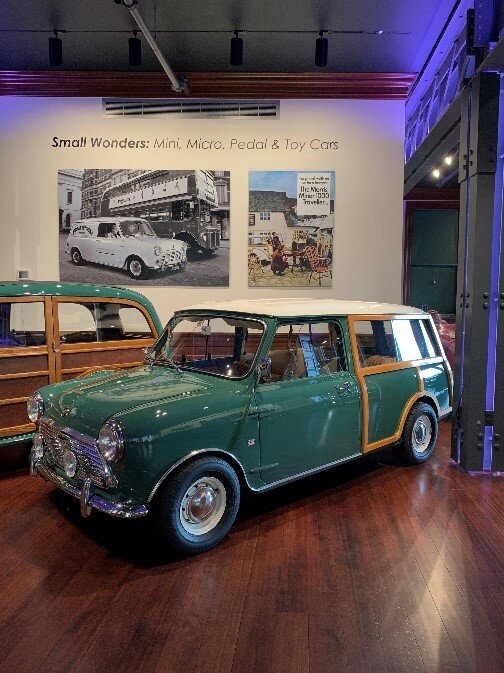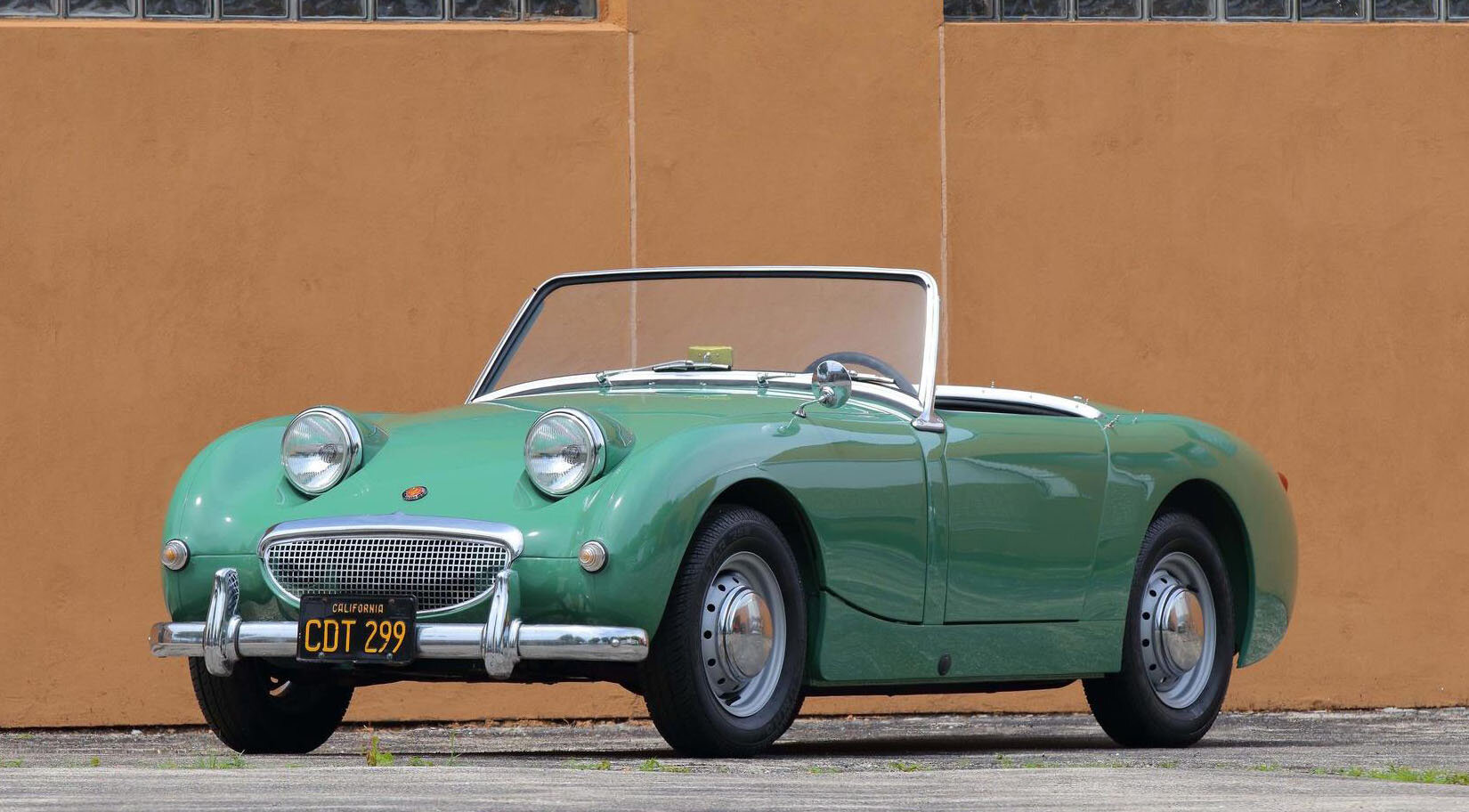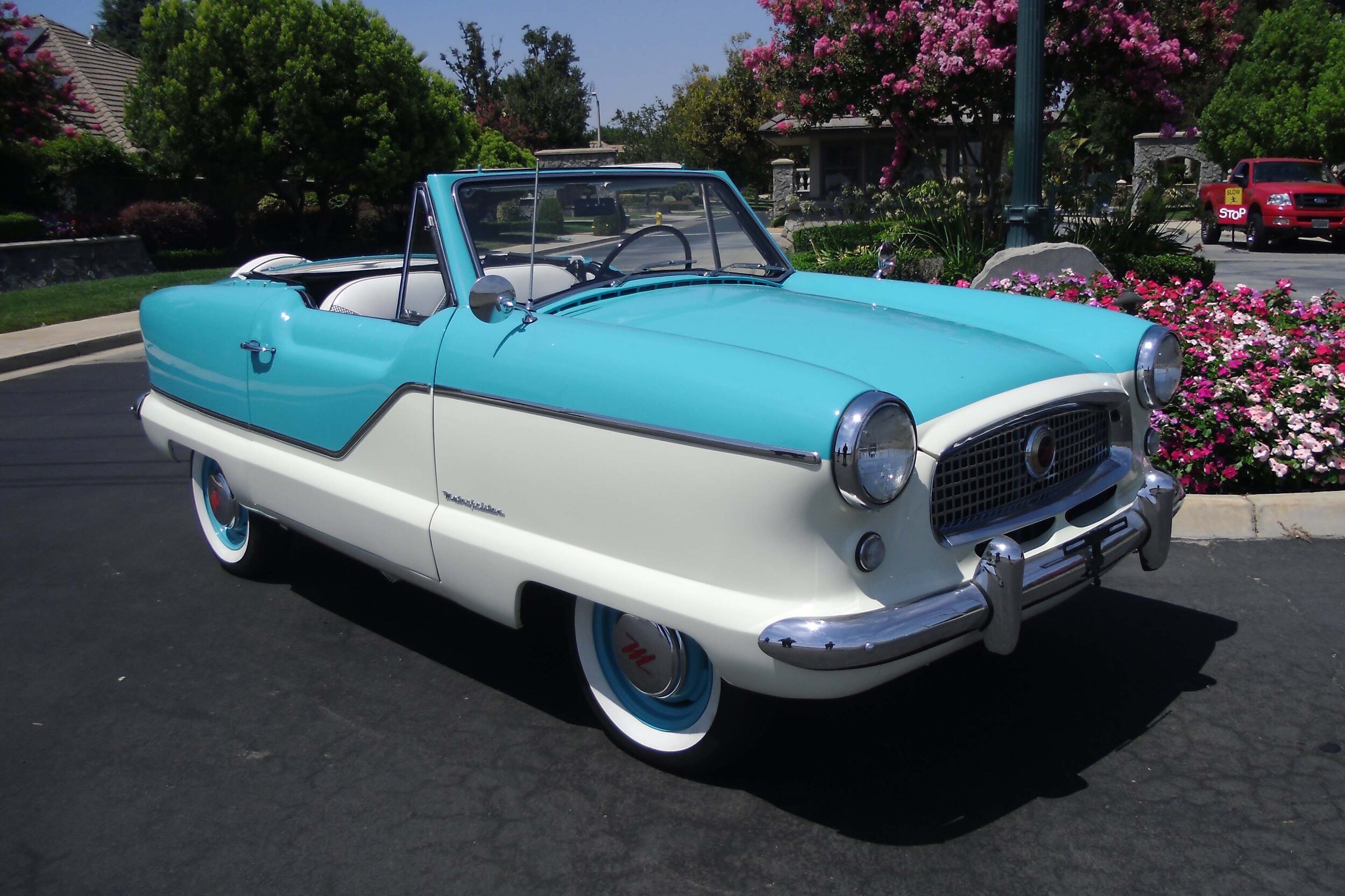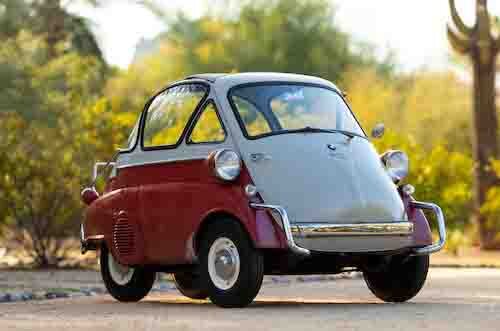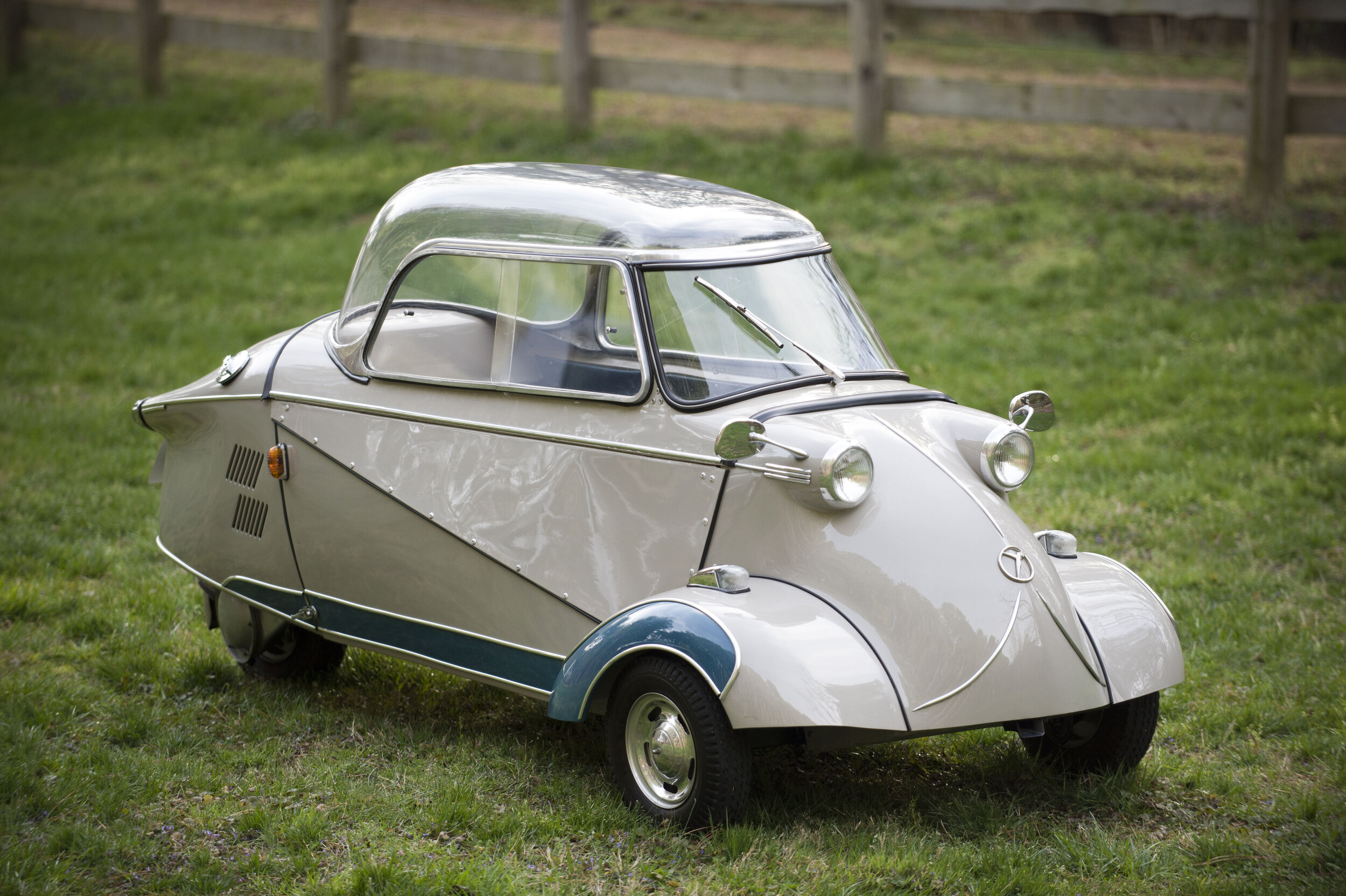1961 Renault 4CV Sedan Plein Air
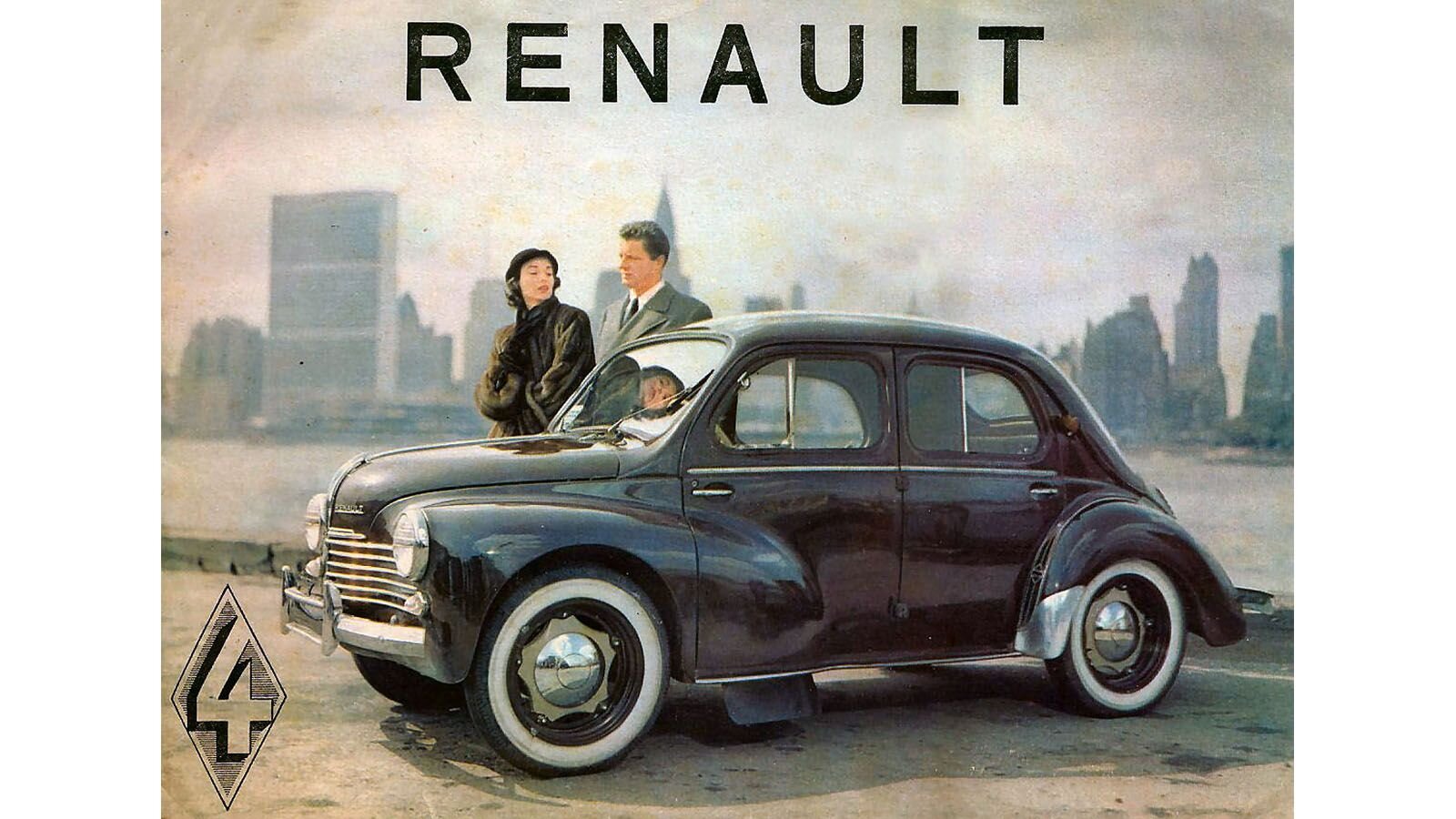

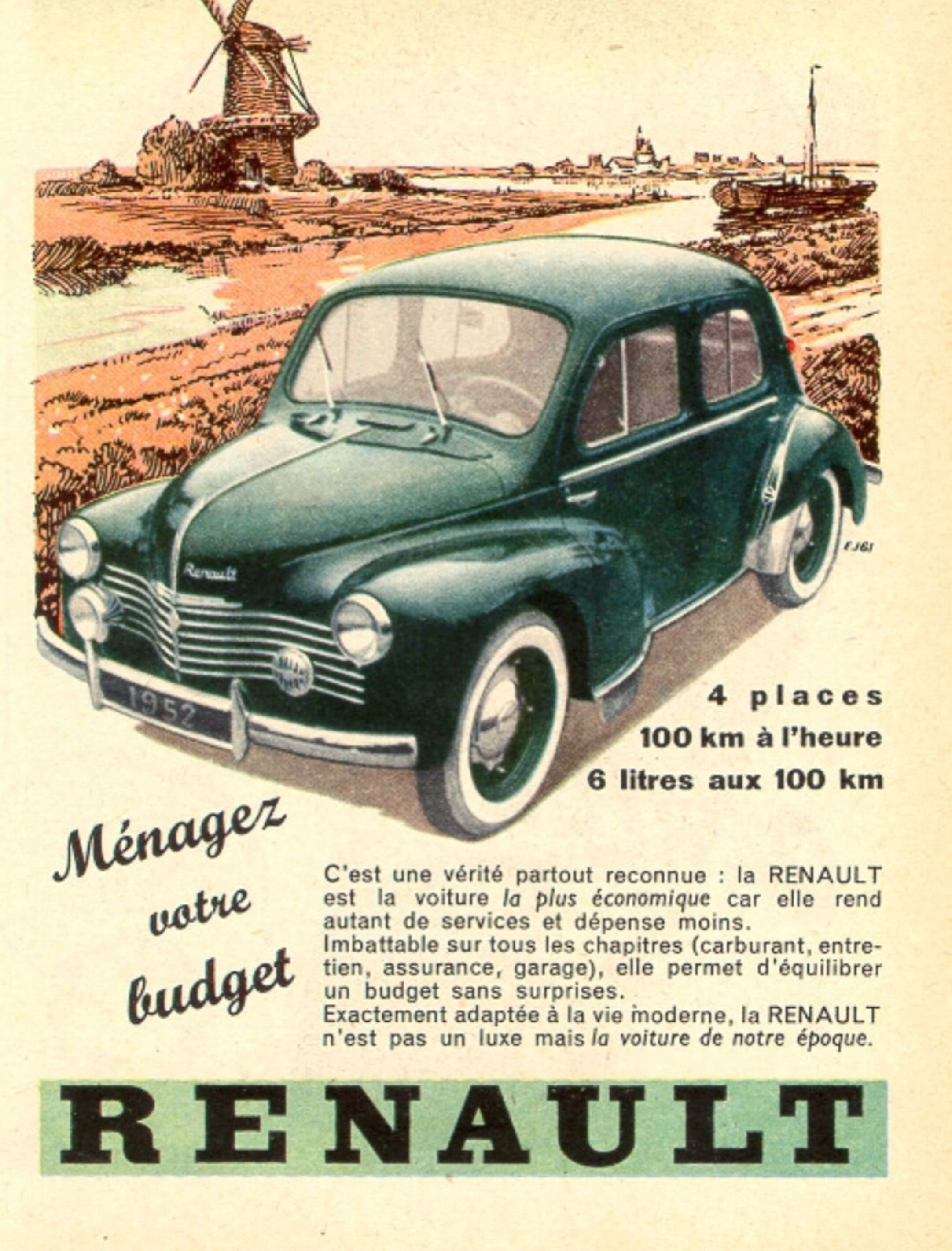
Specifications
Engine: 747 cc Inline-Four Cylinder
Horsepower: 21 @ 4100 RPM
Torque: 33 lbs/ft @ 2000 RPM
Top Speed: 59 MPH
Transmission: Three-Speed Manual
Weight: 1200 lbs.
During the World War II German occupation of France, Renault was under strict instruction to design and produce only commercial and military vehicles. The company was placed under the directorship of Wilhelm von Urach, a former engineer for Daimler Benz. In complete secrecy, a team of designers led by Renault’s technical director Fernand Picard began development of project “106E”, a small, economical passenger car suitable for the anticipated post-War environment in France. While the Germans had forbidden any work on passenger cars, von Urach always managed to turn a blind eye to the project.
In December 1945, the French government invited Ferdinand Porsche to France to provide Renault with advice regarding the forthcoming 4CV. Renault’s new boss, Pierre Lefaucheux, was outraged that politicians believed that his company needed advice from Mr. Porsche on the 4CV, and insisted that their meetings with Porsche would have no effect on the outcome of the 4CV.
The 4CV, which refers to the French abbreviation for ‘four taxable horsepower,’ was finally unveiled to the public at the 1946 Paris Motor Show. Despite a withered French economy, Renault sold 37,000 4CV’s by 1950, making the car the most popular in France. The cars were popular in Germany as well, with 1760 of them sold in West Germany in 1950 alone, representing 23% of all imported cars that year, second only to the Fiat 500. Renault instituted new production methods which vastly increased the speed at which the 4CV was produced.
Pierre Bézier, a 42-year employee of Renault, was the director of production engineering in 1949 when he designed the transfer machines for the production line. These workstations were based on the automatic machine principle, which was introduced by General Motors before the war, and allowed different operations on a single piece of equipment to be performed consecutively by moving the part from one station to another. This allowed Renault to produce the 4CV at a rapid pace, and over one million 4CV’s were sold in its 14-year production period, the first French car to achieve more than one million sales.
Although this was a mini-economy car aimed for the masses, the 4CV was a capable car that was fun to drive. French customers were thrilled with the car’s playfulness due to its rear engine/rear-wheel drive layout complimented by its light and direct steering rack, which took just 2 ¼ turns of the wheel from lock to lock. The car is capable of comfortably carrying four people while maintaining a playful charisma, even with just 17 horsepower. The 4CV was the car that the people of France had been waiting for.






